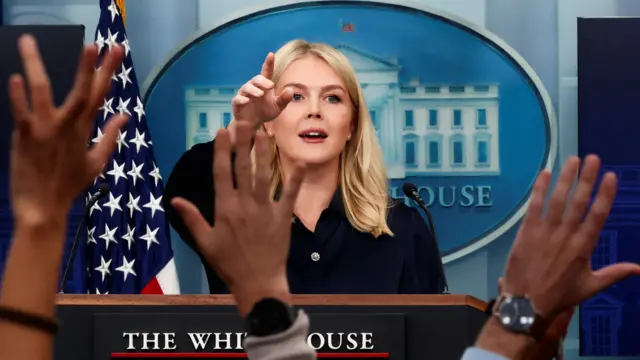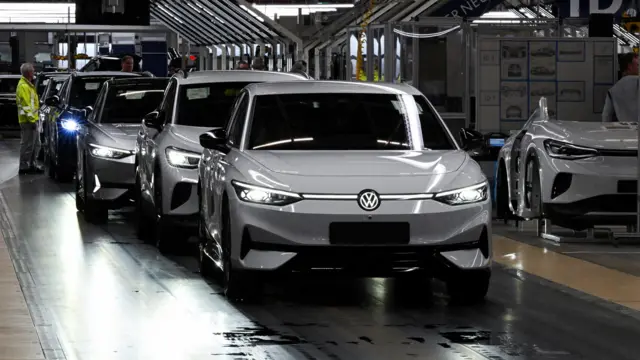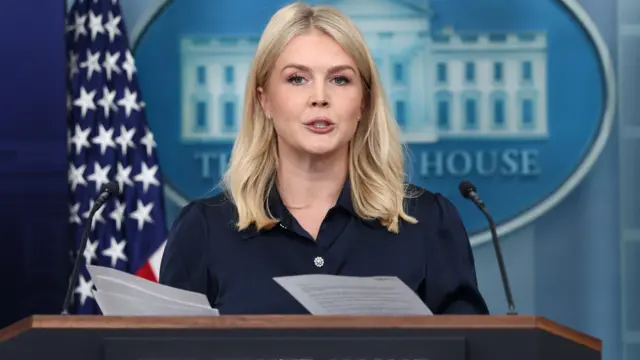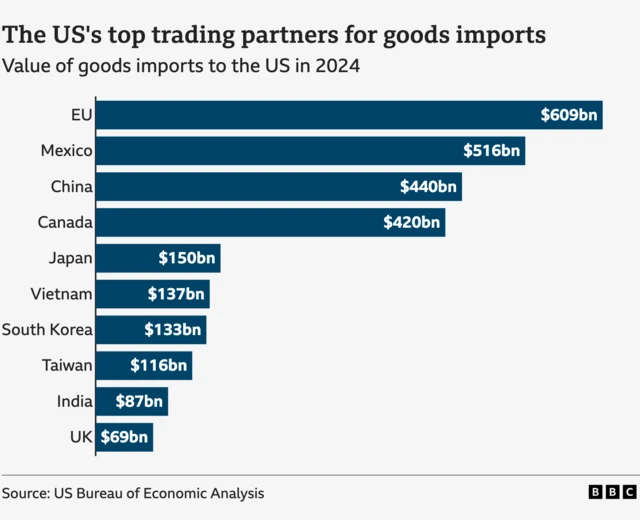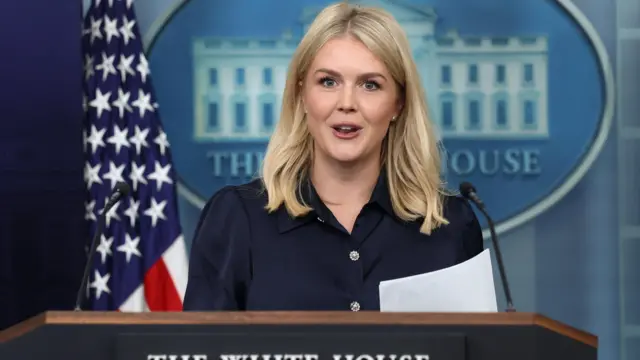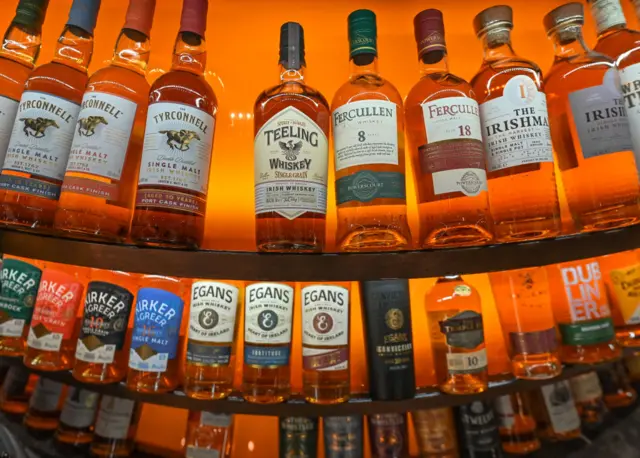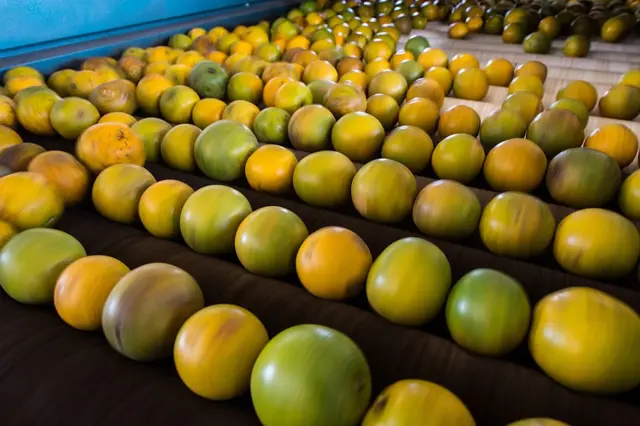Listen: What's Trump's tariff hokey cokey all about?published at 19:56 BST 31 July
The Trump hokey cokey with tariffs is back.
It really got going on 2 April with Trump’s so-called “Liberation Day” - when he announced a swathe of punitive tariffs on trading partners across the world.
Listen to BBC Radio 4's The Briefing Room as it dives into what is going on, what’s happening to world trade and what happens next?
Tariffs have dominated President Trump’s second term. But where did he get the idea from? You can listen to an explainer episode on the history of US tariffs, here.
